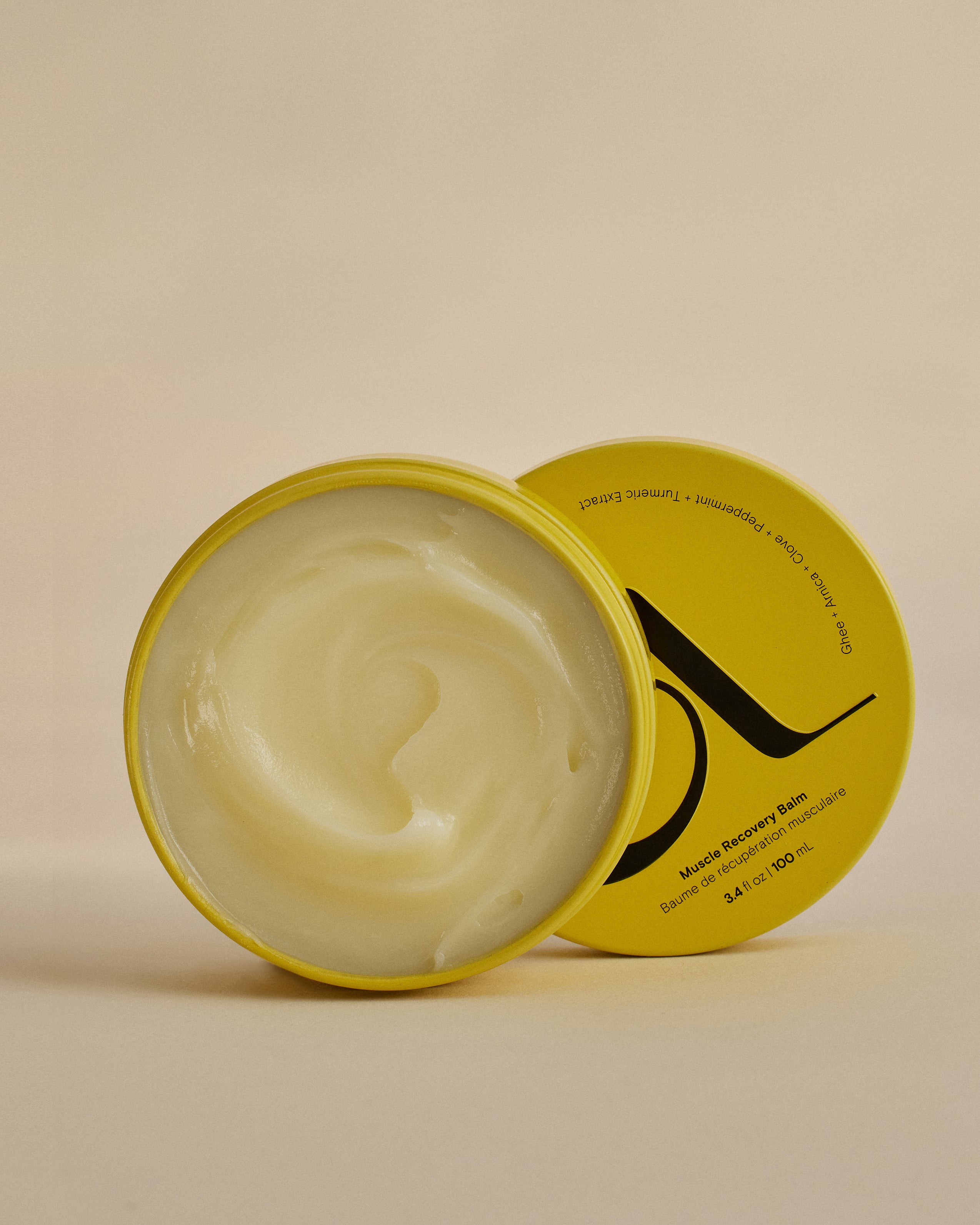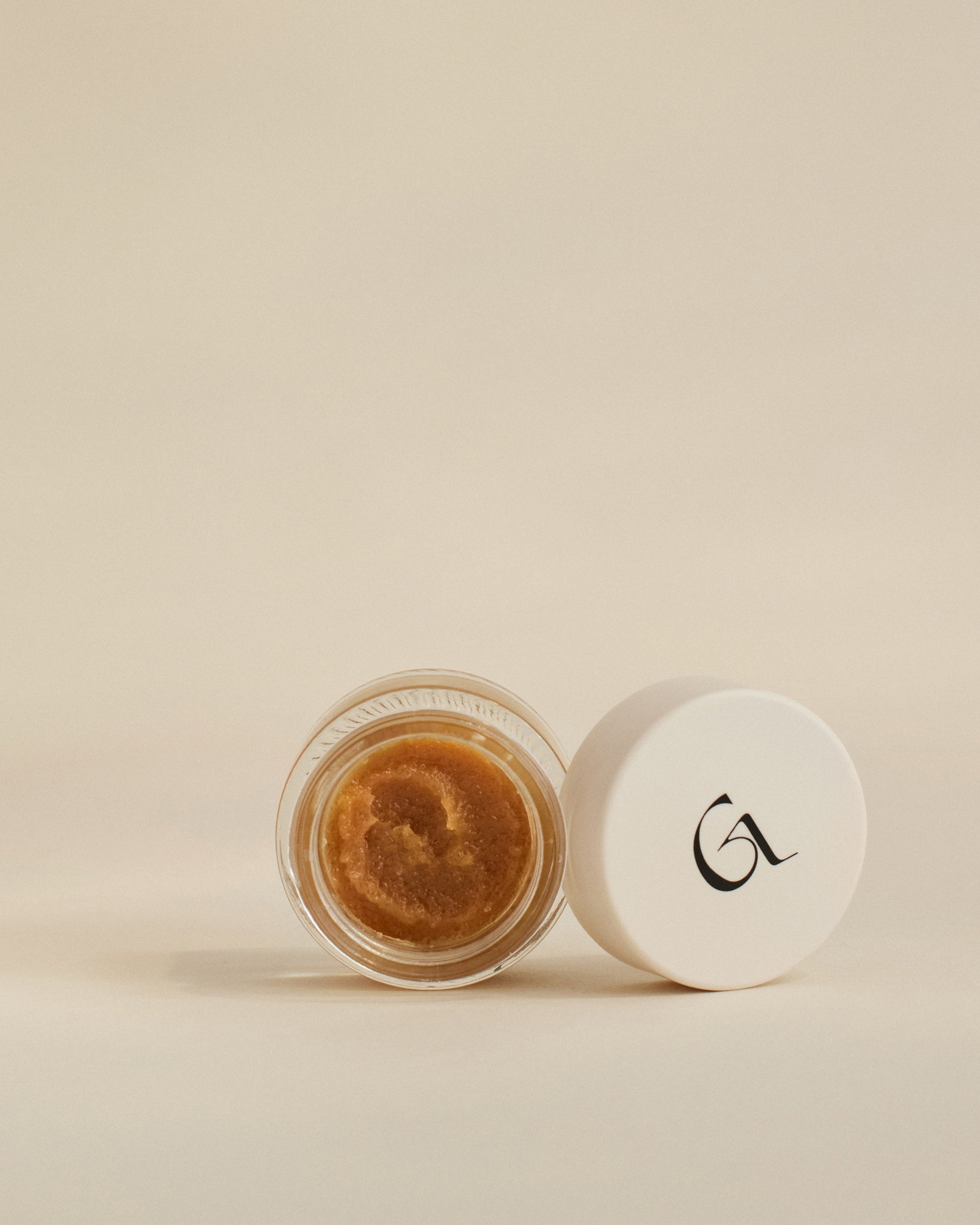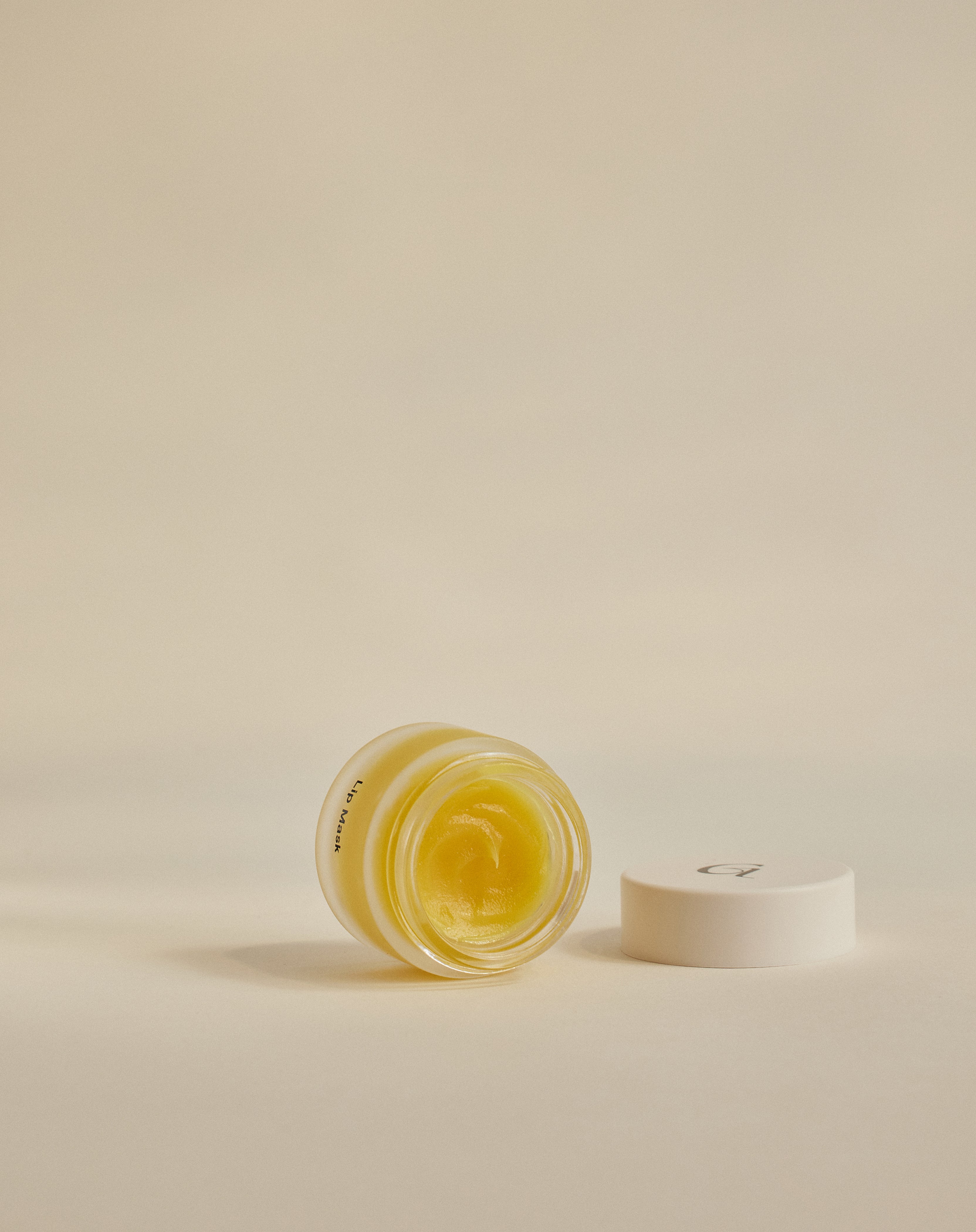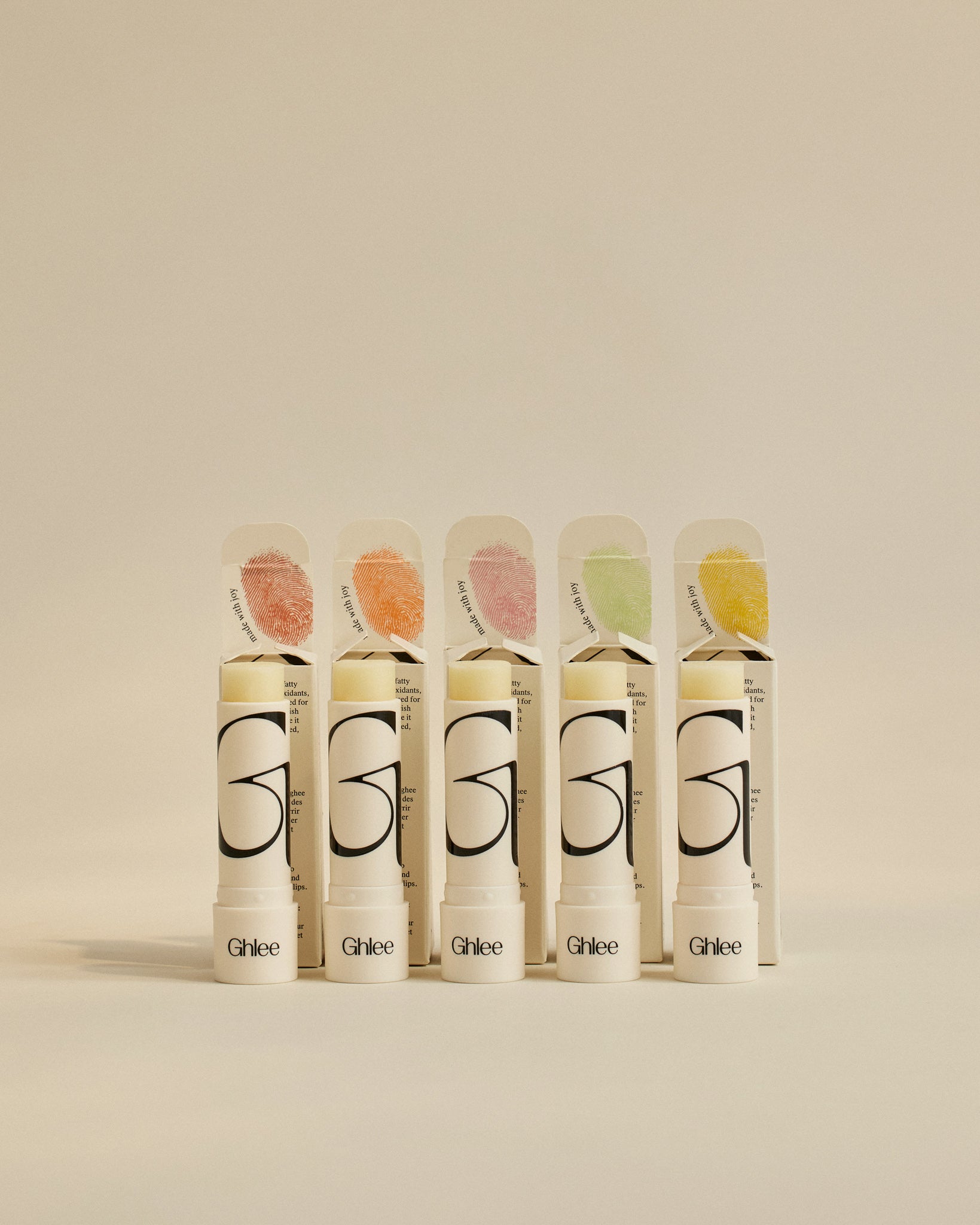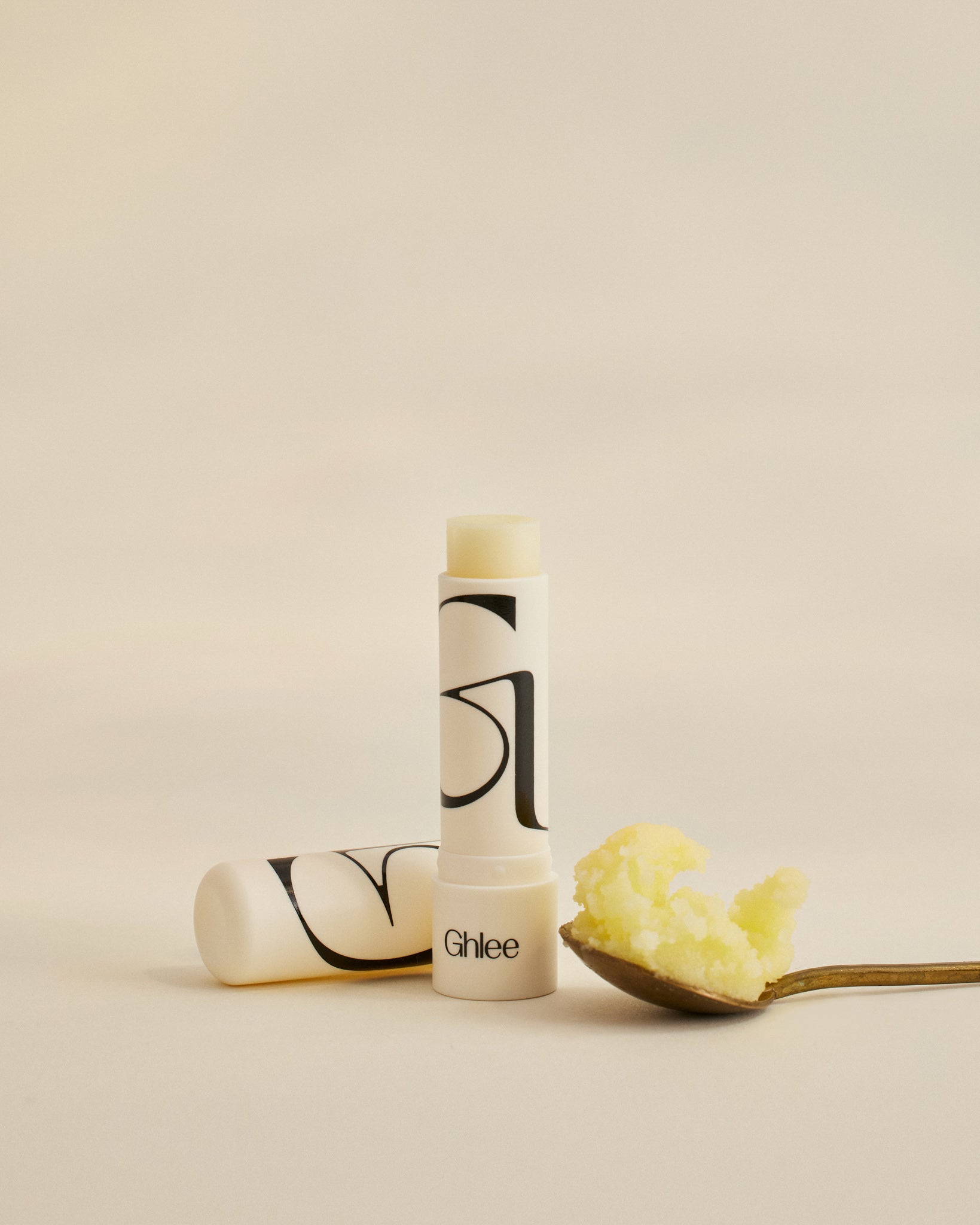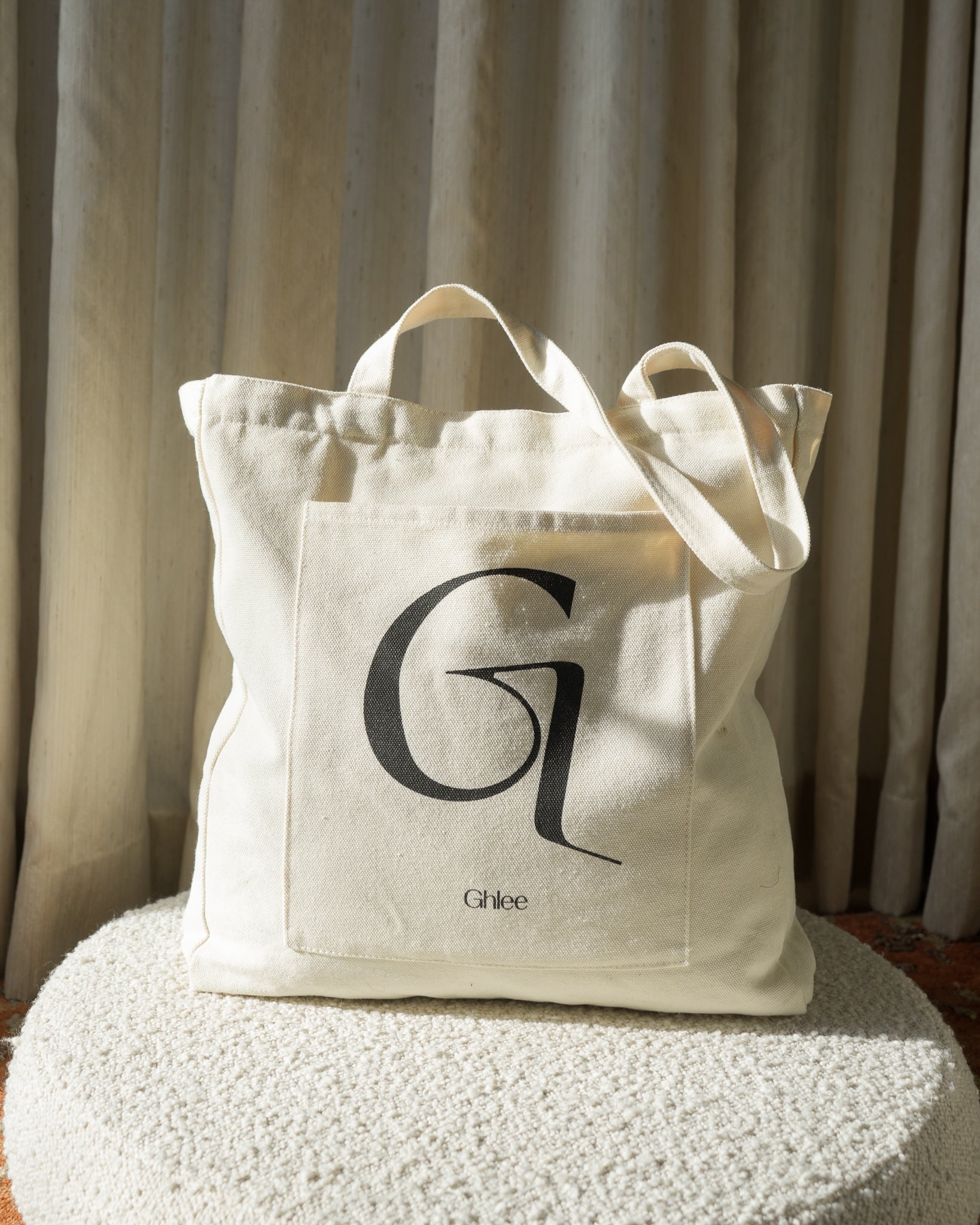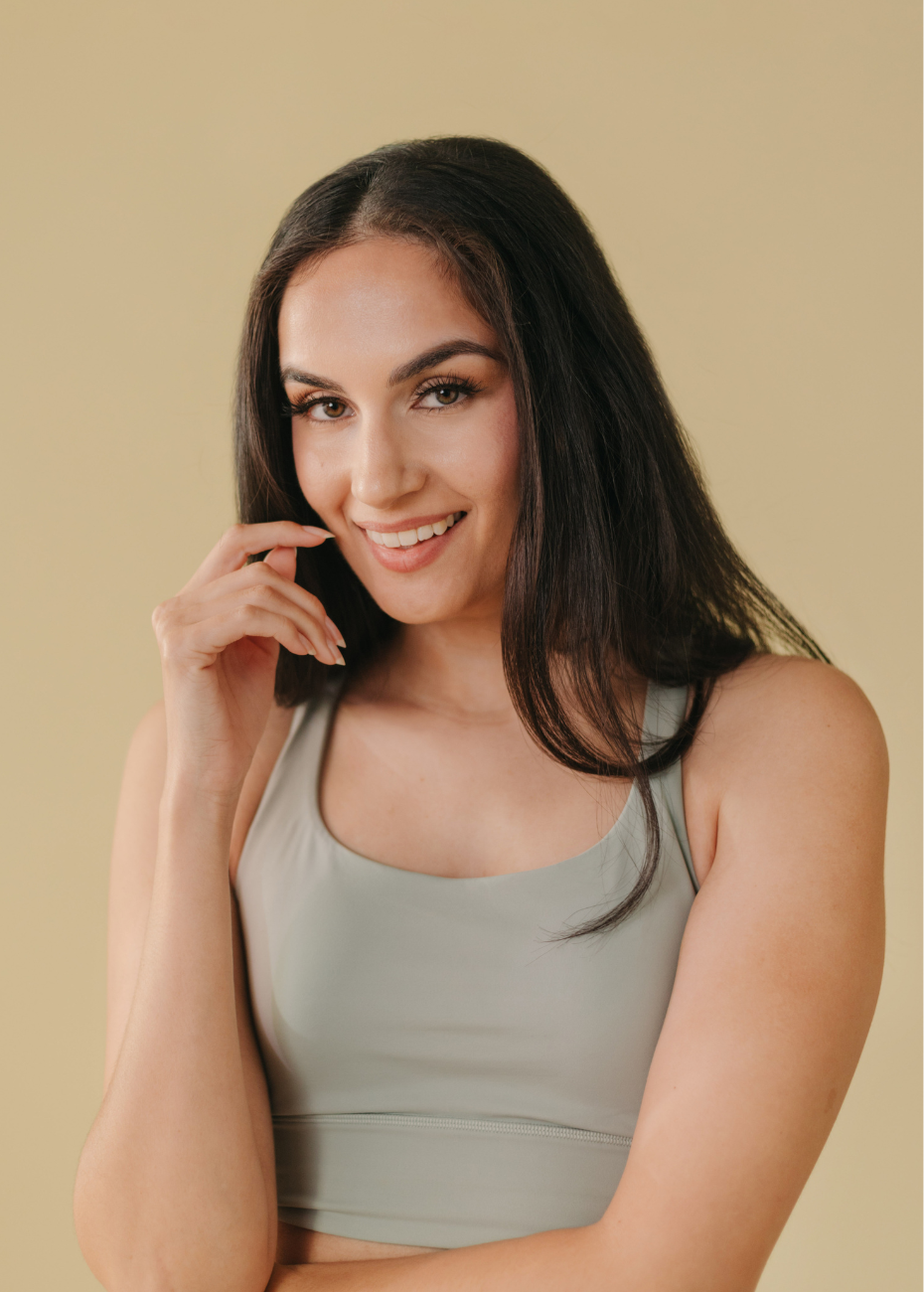I've been in awe of snow lately: both the quiet delicacy and ferocity of it. My holiday break was spent tapping through a mutual’s Instagram Story of a ski village in the Swiss Alps dusted in snow. Reading about Rebecca Solnit’s unexpected trip to Iceland in The Faraway Nearby. Exchanging sighs and promises of “Let’s go play in the snow” with my older sister, Ferheen.
More than that, it's a feeling of longing tinged with melancholy. I can go in the snow, sure, but there’s the inevitability of developing harsh Raynaud's chilblains on my toes soon after. And right now, I’m in the middle of a bad flare up.
One day in first grade, I asked my teacher if I could go wash my hands. They were itchy and covered with red bumps. After seeing my fingers, she called my parents and I was sent home that day. A few days later, I skipped school to see an eczema specialist. At the age of seven, I was diagnosed with chilblains on my hands and feet.
If you’re not familiar with chilblains, I’d say they’re eczema’s winter cousin, who share some overlapping symptoms. It all begins with a cold spell in my toes, turning my skin pale or purple due to poor blood circulation (Raynaud’s Syndrome). Chilblains form all over my toes: itchy, burning, swollen red bumps and bruises.
Sensitive to touch, these Raynaud’s chilblains turn my world a little slower, from October to March of every year. There is no cure for my skin condition, and it’s only getting worse as I get older. Thankfully, I no longer get them on my hands — just my feet.
With a lot of patience and the fluffiest socks on, I’m coming to terms with my chronic chilblains. Here are some related remedies, rituals, and reflections that have made life a little warmer.
I. Paying attention to myself in different ways
At a young age, I was often complimented for my imagination and storytelling. While that’s come with a strong sense of self, I’ve had to examine myself and my skin condition in new ways as I get older. That looks like keeping a log of my flare ups on my Notes app, noticing what causes it to be worse (i.e. stress), and making steady lifestyle changes.
When I’m going through a particularly bad flare up, it can be hard to sleep at night or concentrate in the daytime. It’s not fun, and I don’t wish it on anyone. So, I try my best to recognize when I need some self-care time — and “when in doubt, take a nap.”
Even taking that extra 15 minutes in my day to soak my feet in warm epsom salt water makes me feel like a new human. I highly recommend it when your feet hurt after a long day. It’s the perfect reset ritual after a walk or as a wind-down ritual at night.

II. Advocating for myself and telling people about it
“It’s not that bad. I’ll be fine.”
I’m a serial compartmentalizer when it comes to my Raynaud's chilblains. It’s been with me for my entire life — just an everyday thing for half the year. But when we compartmentalize our mental or physical health, it can be harder to get the help, understanding, or affirmation we need.
Not many people used to know about my skin condition before, partially because it’s hard to explain (I often just say, “It’s eczema!”), and not common where I live. In my 20’s, though, I’m learning to treat my chilblains and talk about them exactly how they are: a moderate to severe, chronic skin condition. Lately, it’s been something I’ll bring up when I need to slow down during a work week or saying “No” to plans that involve being out at nighttime or in the cold.
Part of it is also checking in with my doctor. If you’ve dealt with the medical system in any way, you know how difficult and essential it is to advocate for yourself or your loved ones. So, if my doctor says, “Yeah, you seem to be taking care of it pretty well,” I make sure they know how a particular flare up has impacted me and steer the conversation toward figuring out new strategies together.
III. Doing my research and trying products intentionally
A skin condition can become a rabbit hole of buying new skincare products as remedies. I’ve been there! I’m learning to buy products with ingredients that target specific properties: i.e. anti-itch, anti-inflammatory, and deeply moisturizing.
Especially right now, the years of using prescription topical steroids, in continuous stretches of time, have caused the skin on my toes to become thinner and more vulnerable to bad flare ups. This is a PSA of sorts to be very careful and consult with your doctor when it comes to topical steroid usage. Now, I'm trying to use topical steroids in moderation and supplement with skincare that’s made for eczema-prone skin.

Here are some deeply moisturizing skincare products that I’ve been loving in my winter care routine (the ointment-ification of it all!):
Topicals Like Butter Cream with eczema-soothing green tea, turmeric, and colloidal oatmeal
Eczema Honey Co’s Skin Soothing Cream with anti-inflammatory colloidal oatmeal and honey
Summer Fridays Jet Lag Mask with calming cucumber and hyaluronic acid for barrier repair
Ghlee Muscle Recovery Balm with anti-inflammatory ghee, arnica, and calendula; plus, itch-cooling menthol and peppermint oil
Vaseline Healing Jelly, the good ol’ stuff with petrolatum for dry, cracked, and flaky skin
IV. End Note: Making peace with it
Buried under two blankets, my feet moisturized and dressed in fresh socks, I’m reading about the Arctic again. This time, it’s A Woman in the Polar Night by Christiane Ritter, a 1934 memoir of a woman who travels to the Arctic to spend a year with her husband.
Experiencing the frigid cold vicariously through Christiane’s journey, I feel warm and hopeful. There is beauty even in the harshness, even when the days are endlessly dark and icy during Polar Nights.
Learning to live with my chronic skin condition is a lifetime journey. I remind myself: I am not my flare up. I won’t let it stop me from living an expansive life. I’m just trying my best to navigate it — puffy skin and all.
__
Note: Please talk to your doctor if you’re experiencing symptoms of a skin condition and check with them to see if certain ingredients are safe for you to use. Make sure to spot test products when you first try them to see if your skin tolerates them.
Cover Image: Photograph by Sophie Sahara
